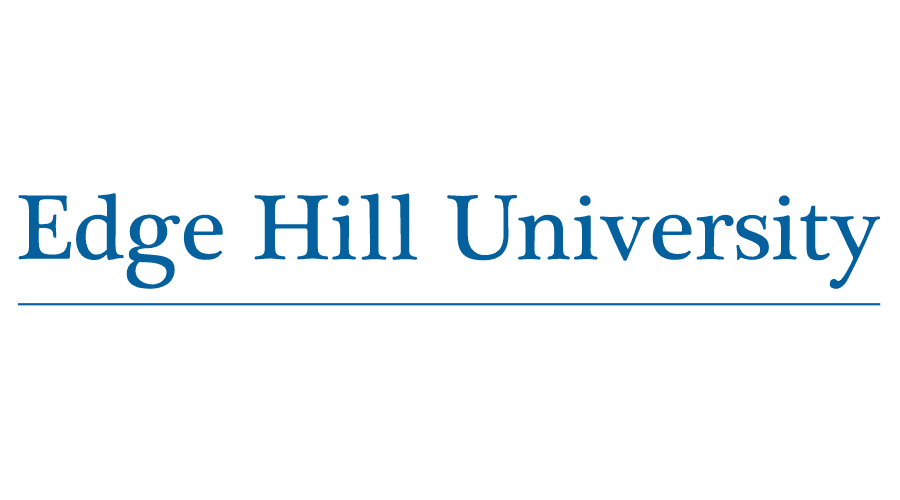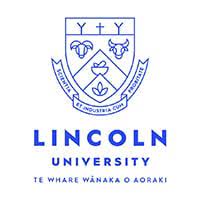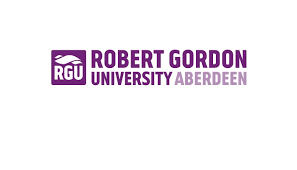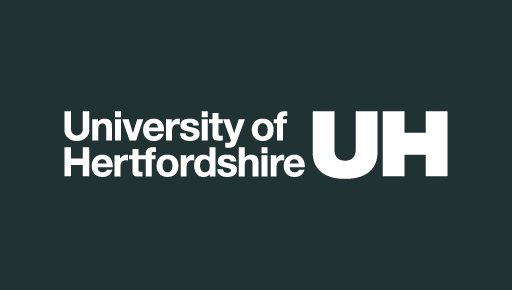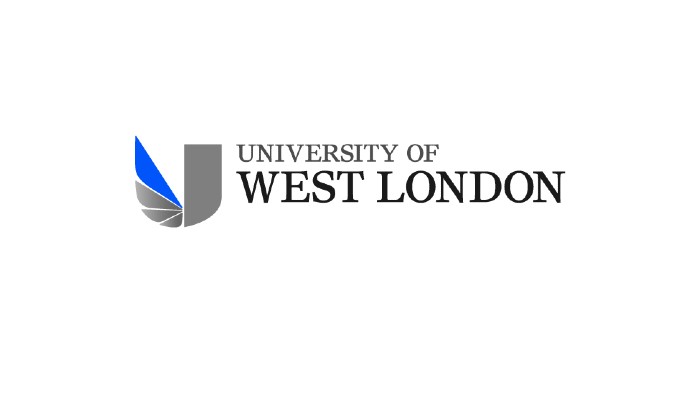Study Media Abroad: Unlock Your Creative Voice in a Global Arena
Welcome to the world of Media Studies, where storytelling meets innovation, and creativity shapes the future. For Indian students aspiring to make an impact in journalism, digital media, film, advertising, or public relations, pursuing a Media course abroad offers unparalleled opportunities. Imagine honing your skills in cutting-edge studios, learning from industry leaders, and gaining a global perspective on communication. This page explores everything you need to know about studying Media abroad, tailored for ambitious students from India ready to take the leap.
Media programs abroad emphasize practical training alongside theoretical knowledge, preparing you for a dynamic industry that's evolving with technology like AI, social media, and immersive storytelling. Whether you're passionate about investigative journalism or crafting viral content, international education equips you with tools to thrive in a competitive job market back home or worldwide.
Why Study Media Abroad? Benefits for Indian Students
Studying Media in a foreign country isn't just about earning a degree—it's about immersing yourself in diverse cultures and real-world experiences that enhance your craft. For Indian students, who often bring a unique blend of traditional and modern narratives, abroad programs provide exposure to global media ethics, advanced production techniques, and international networks.
- Global Perspective: Learn how media influences societies worldwide, from BBC-style broadcasting in the UK to Hollywood's film ecosystem in the US. This broadens your worldview, making you adaptable in India's multicultural media landscape.
- State-of-the-Art Facilities: Access professional-grade equipment, like 4K editing suites and VR studios, which may be limited in some Indian institutions.
- Industry Connections: Many programs include internships at top outlets like CNN, The Guardian, or Bollywood-inspired international studios, boosting your resume.
- Scholarships and Funding: Countries like Australia and Canada offer generous scholarships for international students, including those from India, reducing financial barriers.
- Cultural Immersion: Build cross-cultural communication skills, essential for roles in global PR or content creation for diaspora audiences.
- Enhanced Employability: An international degree from accredited universities can command higher salaries in India's booming media sector, valued at over $30 billion.
According to recent surveys by QS World University Rankings, Media and Communications programs abroad rank highly for employability, with 85% of graduates securing jobs within six months. For Indian students, this means returning with skills that stand out in competitive fields like digital marketing or news anchoring.
Top Destinations for Media Courses Abroad
Choosing the right destination depends on your interests—be it print journalism in the UK or digital innovation in the US. Here's a curated list of popular countries, known for their world-class Media programs and welcoming environments for Indian students.
| Country | Top Universities | Popular Programs | Why Ideal for Indians? | Average Tuition (INR per year) |
|---|---|---|---|---|
| United Kingdom | University of Westminster, Cardiff University, Goldsmiths, University of London | MA in Journalism, BSc Media Production | Short course duration (1 year for masters), strong ties to BBC and ITV for placements; large Indian community in London. | 15-25 lakhs |
| United States | Columbia University, NYU, University of Southern California (USC) | MS in Journalism, BA in Film and Media Studies | Hollywood exposure and diverse campuses; OPT visa allows 1-3 years work experience post-study. | 30-50 lakhs |
| Australia | University of Sydney, RMIT University, Queensland University of Technology | Master of Media Practice, Bachelor of Communication | Post-study work visa up to 4 years; focus on digital media suits India's tech-savvy youth. | 20-30 lakhs |
| Canada | University of Toronto, Ryerson University, Concordia University | MA in Media Studies, Diploma in Broadcast Journalism | Affordable living, PR pathways; emphasis on multicultural storytelling resonates with Indian narratives. | 15-25 lakhs |
| New Zealand | University of Auckland, Massey University | Bachelor of Communication, Postgraduate Diploma in Journalism | Safe environment, strong film industry (e.g., Lord of the Rings); scholarships for South Asian students. | 18-28 lakhs |
These destinations boast high rankings in media education, with the UK and US leading in global influence. Indian students often prefer Australia and Canada for their supportive visa policies and vibrant Indian diaspora, easing homesickness.
Course Structure and Curriculum in Media Programs
Media courses abroad are designed to blend theory with hands-on practice, typically spanning 3-4 years for bachelor's and 1-2 years for master's. Curriculums vary but focus on building versatile skills in a fast-paced digital era.
Core Modules:
- Journalism Fundamentals: Ethics, reporting, and writing for print, broadcast, and online. Learn to fact-check in an age of fake news, crucial for India's media challenges.
- Digital Media and Social Platforms: Content creation for Instagram, YouTube, and TikTok; SEO and analytics to amplify reach, aligning with India's digital boom.
- Film and Television Production: Scripting, directing, and editing using tools like Adobe Premiere and Final Cut Pro. Projects often include short films on global issues.
- Public Relations and Advertising: Brand storytelling, crisis management, and campaign design. Case studies from international brands like Nike or Tata.
- Media Law and Policy: Understanding copyright, defamation, and freedom of speech across borders—vital for cross-cultural work.
- Research and Data Journalism: Using tools like Python for data visualization, empowering you to uncover stories like environmental impacts in India.
Electives and Specializations: Tailor your path with options in photojournalism, podcasting, or emerging tech like AR/VR media. Most programs require a final project or thesis, such as producing a news documentary.
Assessment is practical: 60% coursework (assignments, portfolios) and 40% exams. Guest lectures from professionals and field trips to media hubs enhance learning. For Indian students, these programs often include modules on global-Indian media relations, like Bollywood's international footprint.
Career Opportunities After Studying Media Abroad
A Media degree from abroad opens doors to exciting, high-impact careers. With India's media industry growing at 12% annually, graduates are in demand for roles blending creativity and tech.
- Journalist/Reporter: Work for outlets like NDTV, The Times of India, or international wires like Reuters. Average salary: INR 6-12 lakhs starting.
- Content Creator/Digital Marketer: Manage social media for brands; freelance on platforms like Upwork. Potential earnings: INR 8-15 lakhs.
- Film/TV Producer: Enter Bollywood or OTT platforms like Netflix India. International experience gives an edge in co-productions.
- PR Specialist: Handle communications for corporates or celebrities; roles at agencies like Edelman. Salary: INR 7-14 lakhs.
- Media Analyst: Use data to advise on trends; booming in ad tech firms. Global exposure leads to INR 10-20 lakhs.
- Academic/Researcher: Pursue PhD for teaching or policy roles in media think tanks.
Many alumni return to India to launch startups, like digital news apps, or join global firms with Indian operations. Networking via LinkedIn and alumni groups is key—abroad programs often provide lifetime access to career services.
Eligibility and Application Process for Indian Students
Getting started is straightforward, but preparation is essential. Most programs require:
- Academic Qualifications: 10+2 with 60%+ for bachelor's; bachelor's degree with 55%+ for master's. Relevant subjects like English or Mass Comm preferred.
- English Proficiency: IELTS (6.5+ overall) or TOEFL (90+); some universities accept Duolingo.
- Portfolio/Entrance Tests: Submit writing samples or videos; tests like GRE for US programs.
- Visa Requirements: Student visa with proof of funds (e.g., INR 10-15 lakhs for living expenses). Apply 3-6 months in advance.
Step-by-Step Application:
- Research programs via university websites or platforms like Studyportals.
- Prepare documents: Transcripts, SOP (highlight your passion for media), LORs from teachers.
- Apply online (deadlines: Sept/Jan intakes); fees INR 5,000-10,000.
- Secure funding: Scholarships like Chevening (UK) or Fulbright (US) for Indians.
- Attend interviews if required; prepare for questions on media ethics.
Start early—many Indian students apply in Class 12 for seamless transitions.
Tips for Indian Students Pursuing Media Abroad
Navigating study abroad can be thrilling yet challenging. Here are practical tips:
- Budget Wisely: Factor in tuition, living costs (INR 8-12 lakhs/year), and travel. Part-time jobs (20 hours/week) in media-related roles can help.
- Cultural Adaptation: Join Indian student societies for festivals like Diwali; embrace local media to build confidence.
- Skill Building: Before leaving, intern at local newspapers or create a blog to strengthen your portfolio.
- Mental Health: Use university counseling; connect with family via apps to combat isolation.
- Post-Study Plans: Explore work visas—Australia's 485 visa is popular for gaining experience before returning.
- Sustainability: Choose eco-friendly programs; media courses often cover green journalism, relevant to India's climate stories.
Studying Media abroad is more than education—it's a launchpad for your voice to resonate globally. With determination, you'll return as a skilled storyteller ready to influence India's narrative. Ready to apply? Contact our counselors for personalized guidance.



